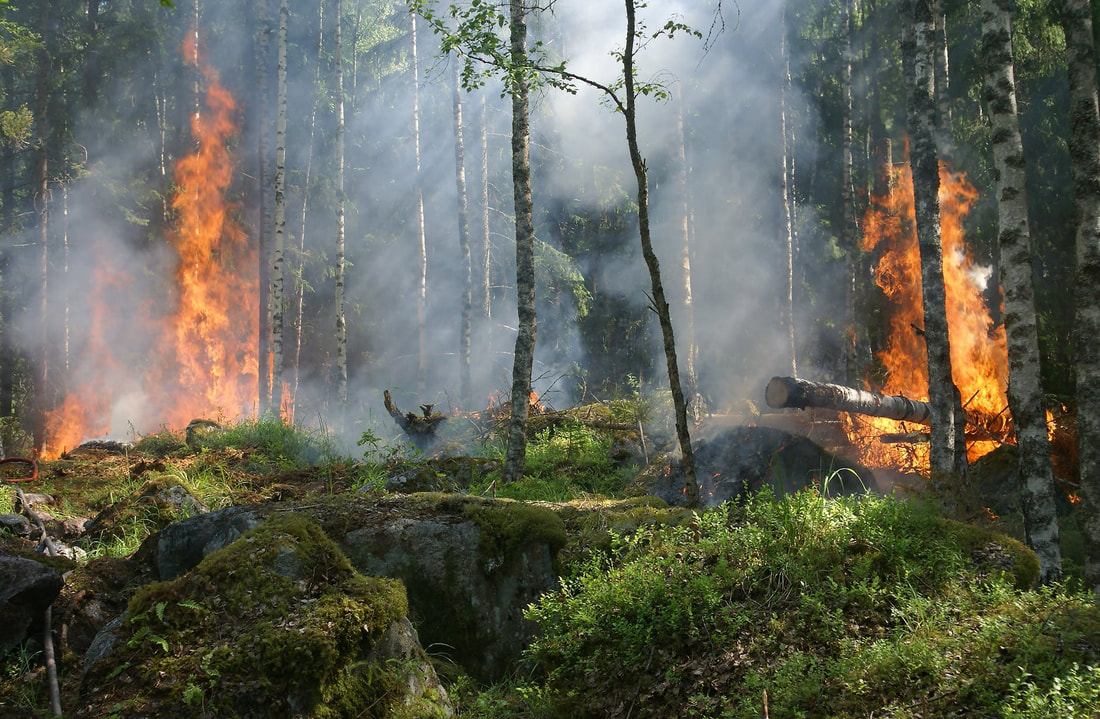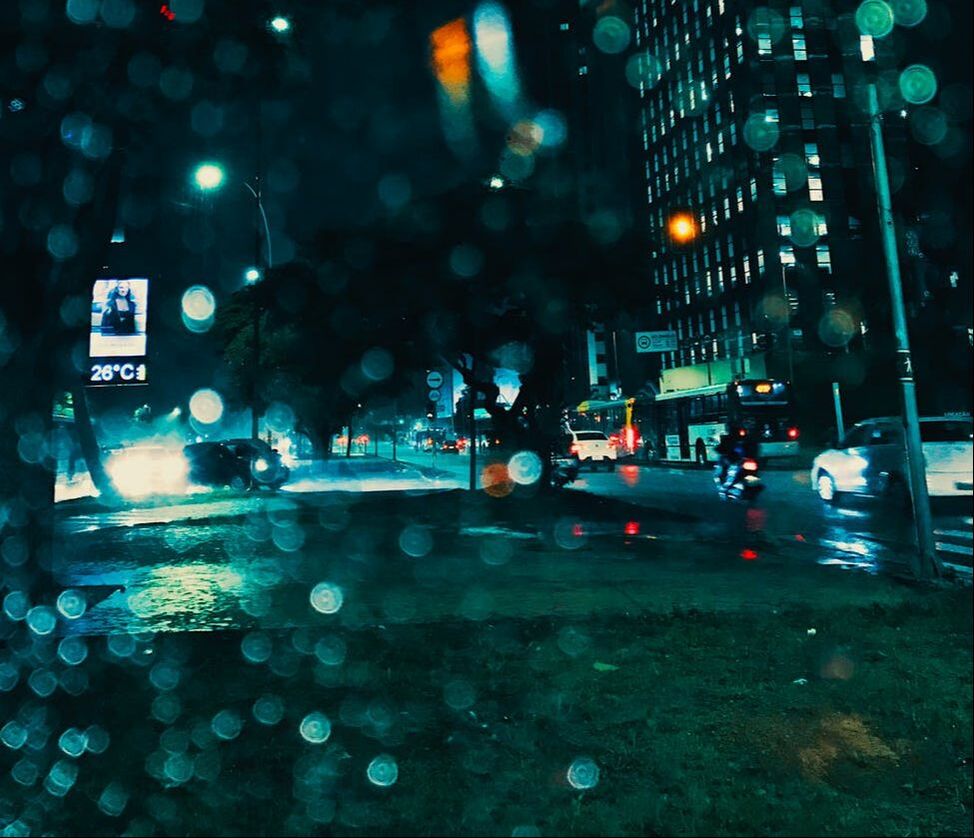|
By E. Wichmann Hong Kong has always been a controversial area due to how it has been handed from superpower to superpower. In the late 19th Century, following the second Opium wars between Britain and China, the city of Hong Kong was gifted to the British for a period of 99 years. In 1997, Britain gifted the city back to China however with a few conditions: Hong Kong would be “a country with two nationalities” with free elections and freedom of speech. This was controversial because of how the Communist Party ruling over China did not enforce this even in its own country. Ever since 1997, mainland China has been trying to take control over Hong Kong by attempting to implement political and educational reforms and have always been met by protest by the people of Hong Kong.
These rallies have, in some instances, gathered around 2 million protests to the streets of Hong Kong in order to support democracy and freedom. The latest protests in Hong Kong have initiated over a proposed extradition bill which, if China declared that a citizen committed a crime in Hong Kong soil, would enable him or her to be extradited to mainland China and prosecuted there. Unfortunately, the language in the bill can be considered extremely vague and was a source of massive outrage because of how China could extradite anyone. However, the protests in Hong Kong have also been a cry for freedom, freedom from the claws of power that China has over Hong Kong. One of the main causes for concern with these protests is the potential use of Chinese force and the People’s Liberation Army as a means to suppress this attempt at reform. The superpower has done this in the past in the Tiananmen square incident in which a student protest was met with force from the Chinese army. Thankfully for the people of Hong Kong, this extradition bill has been removed by the government of Hong Kong. However, protests are expected to continue and during the weekend of the 28th of September, protests are expected to occur in the city, too.
0 Comments
By A. Carrasco There have been forest fires in Brazil now for decades and decades, but the fires have never been worse than this year, 2019. During these last 8 months, the amount of forest fires in Brazil has increased by over 76%, with over 87,000 forest fires and 15% of the Amazon suffering burnings this year alone. Researchers say that if we get to 25%, the idea of a rainforest becoming a savannah desert may become possible. IPAM satellites have been looked at the fires, and the director Ane Alencar said that the cause of the fires seems to be clearing land for growing crops and cattle-farming. She explained how the farmers would cut down the trees, and then burn them so that the ashes could fertilize the soil, to make it easier to plant crops. However, this is not the first time that this is happening. So why should we care now? Well, because this time, the ashes have managed to spread themselves across South America - to the extent they caused the São Paulo sky to darken in the middle of the afternoon. Only now are we realising the consequences of choices on the environment.
As I mentioned before, it is uncommon for the fires in the Amazon to be caused by nature. Usually, they are caused by humans - be it accidentally or intentionally. It is common for the "Slash and Burn" tactic to be used to start forest fires and clear land, though it is illegal in Brazil during the dry season, as the climate can help spread the fires to other unintended areas. This may all be linked to Jair Bolsonaro, the President of Brazil. In April of 2019, he cut down the budget for Brazil's environment group by a whole 24%. Despite increasing the budget slightly after backslash, environmental policy in Brazil is giving out fewer fines for causing forest fires. This means that farmers felt as if they could use "slash and burn" more freely in the name of agriculture. But who does the world think is to blame for the recent Amazon fire? The French president, Emmanuel Macron decided that the person who was partially responsible for this mess was solely Jair Bolsonaro. This was because he was said to not have reached out to other countries about what was going on in the Amazon before, and for not having advocated for forest-protecting legislation in the past. However, President Jair Bolsonaro has since publicly stated that a non-government organization has been behind the forest fires. The recent large forest fires are having effects all over the world. For example, on the 19th of August, the city of São Paulo, miles and miles away from the Amazon rainforest, was clouded with dark ashes which blocked the sun, causing the city to go dark at 3pm. This is because, when trees are burnt down they release all the carbon dioxide they had been storing inside of them. In addition to that, the burning wood with low access to oxygen results in the release of carbon monoxide, a dangerous chemical which can be toxic to some animals. The Amazon rainforest produces 20% of the oxygen we breathe. But by burning the forest down, we are releasing all the carbon dioxide stored in the trees. The fires are being ignited for many different reasons. One of the main reasons is for cattle ranching, which is one of the main causes of deforestation. Brazil is home to 200 million cattle, making it the biggest cattle market in the world. However, to keep that much cattle you need a lot of space, which is why millions of farmers use slash and burn to clear forest land. Another one of the main factors causing deforestation is agriculture. This is because, as Brazil is also one of the main producers of palm oil and other products, it needs a lot of space to harvest crops for oil. All of that sounds sounds very pessimistic, but we can still help the Amazon. Some of the few steps we can try to take is to reduce our paper consumption, as a large part of deforestation is still caused by logging. Furthermore, we could try to reduce our beef and oil consumption because the main causes of deforestation in the Amazon is caused by cattle ranching and oil production. We can even invest in NGOs focused on pushing for forest-protecting legislation, which we are in dire need of as a country. Through these small steps, we can make a thorough difference... By V. Macedo Spring Ahead
Have you noticed how much the weather has been changing lately? One week during this Winter could be extremely cold, while the next could be unbelievably hot, and sometimes there is nearly 20 degrees Celsius difference in a single day. This past week has also seen a heated debate on Climate Change and its impacts on our future. Should we be worried about these changes? At this stage, we are even able to relate our recent experiences to the climate crisis! However, we should ask ourselves whether there is anything that can be done to reduce the hardships of the homeless in facing another problem. We were all wondering, will this week be as cold as the last one? (Oh no, will I have to wear tights again?) During the weekend of 14th-15th of September, São Paulo’s temperature beat the record of being the coldest in the last three years: last Saturday (14 September) it reached the staggering temperature of 7.4°C, and Sunday (15) saw even colder temperatures, reaching 6.5°C. These numbers were officially measured in the Mirante de Santana, in the Northern area of São Paulo City. Data shows that there was a cold front moving towards the Atlantic Ocean since last Wednesday. To our relief, temperatures should now be slowly going back to normal for this time of the year (between 26°C and 18°C), as we have witnessed since last Thursday. What is being done about it? The government has decided to provide 272 additional vacancies to shelter the homeless, with four sports clubs being used as temporary shelters. Social Assistance will bring more than 10 vehicles to move people to their accommodations. Workers were assigned to help bring homeless individuals into the shelter. Weather forecast (week of 29 September to 5 October) Temperature will rise during the week of 29th September to 5th October, fluctuating between 26 to 18°C. There is a very low chance of raining with the maximum of 10%. This week will not be very windy, but a light breeze will take place between 15:00 to 18:00 of each day. Spring started on Monday, September 23rd, according to the Brazilian standard calendar. Hopefully, climate is aware of that and will follow its regular course again, so that we can all experience pleasant and stable temperatures once more. |
Categories
All
Archives
June 2024
|




